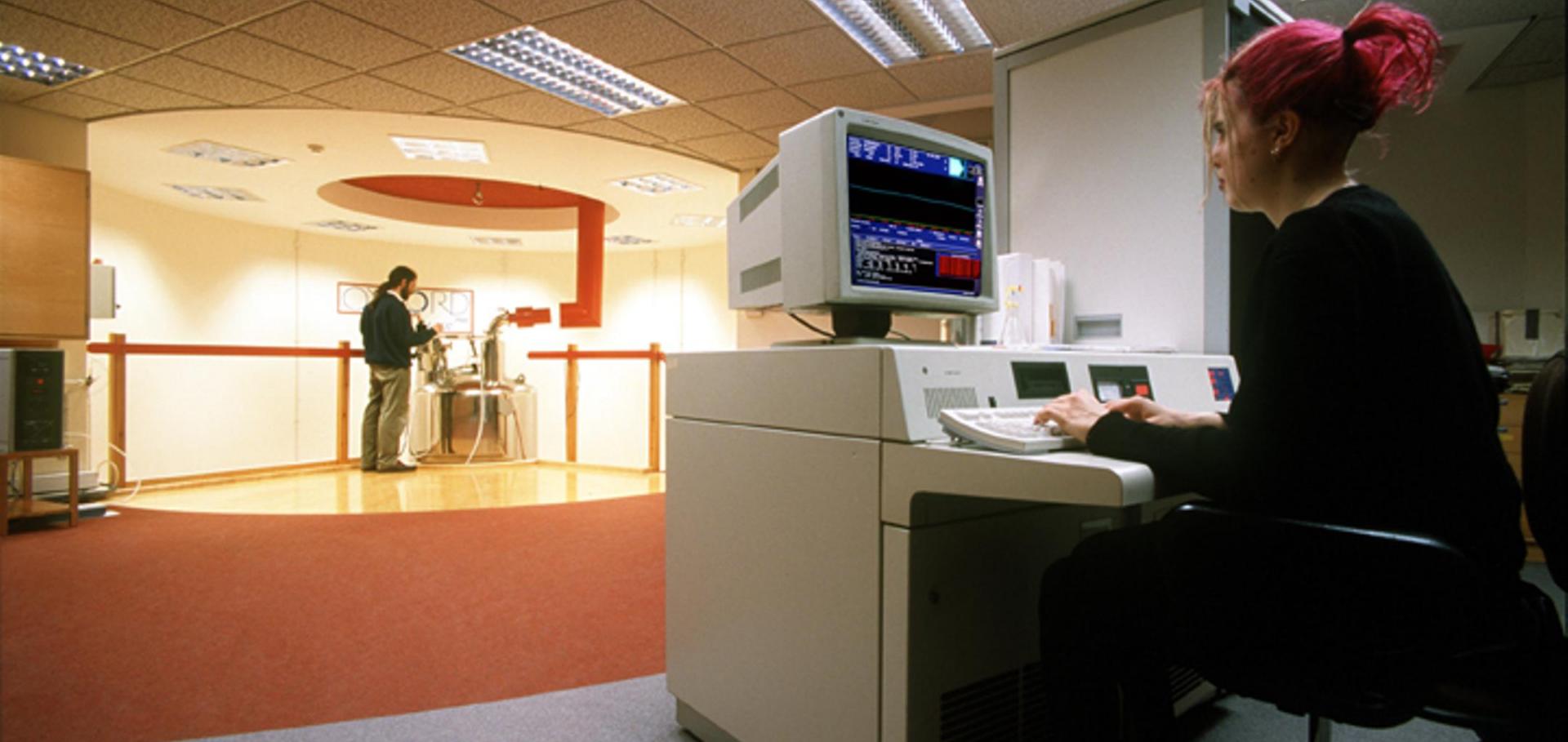Resonance offset tailored composite pulses.
J Magn Reson 148:2 (2001) 338-342
Abstract:
We describe novel composite pulse sequences which act as general rotors and thus are particularly suitable for nuclear magnetic resonance quantum computation. The resonance offset tailoring to enhance nutations approach permits perfect compensation of off-resonance errors at two selected frequencies placed symmetrically around the frequency of the radiofrequency source.Quantum Computation with NMR
Chapter in Quantum Computation and Quantum Information Theory, World Scientific Publishing (2001) 465-492
NMR quantum computation
PROGRESS IN NUCLEAR MAGNETIC RESONANCE SPECTROSCOPY 38:4 (2001) 325-360
Quantum computing and nuclear magnetic resonance
PHYSCHEMCOMM (2001) ARTN 11
NMR Quantum Computation: A Critical Evaluation
Chapter in Scalable Quantum Computers, Wiley (2000) 139-154


